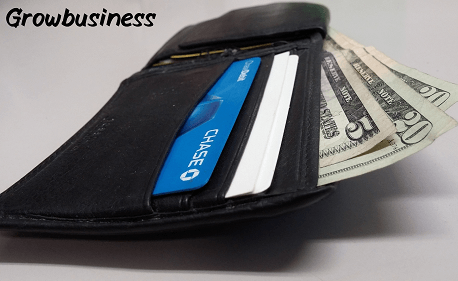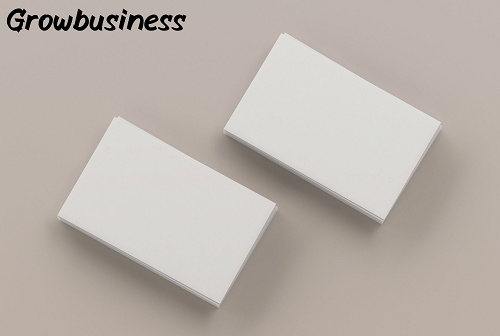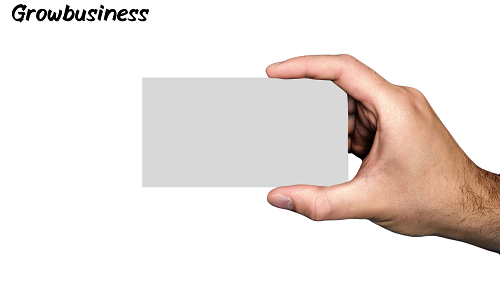July Postcard Car Business
July Postcard Car Business: One Niche Marketing Strategy of Old-time Gold
A lot of marketing activities in this digital world have resulted in overlooking the strength that lies in traditional direct mailing. One niche market was in effect bringing back to life, though, with a little twist – the July postcard car business.

This unusual business model combines the physicality of postcards with the growing interest in automobiles, thus creating a hybrid marketing product that appeals to car buyers and enthusiasts during the peak summer season. Sending postcards related to the sale of vehicles, offers, and discounts constitutes the majority of the July Postcard Car Business, while the center of the seasonal method of buying cars is during July.
Understanding the July Postcard Car Business:
The July Postcard Car Business is essentially a seasonal marketing campaign mainly done by car dealerships and manufacturers, including car rental companies, utilizing postcards as a direct mail advertising device to catch the attention of probable buyers. Often, it shows various types of automobiles in stock for sale and the time-bound offers applicable for the summer buying season. These campaigns are especially tailored for July because this is the peak season for car sales in most markets, and many factors have been contributing to that increased activity.
Why July?
July is the middle of the year, and automobile dealerships are very active in clearing out their previous inventory to bring in newer models arriving as early as fall. During this period, people are on vacations, road trips, and also enjoying summer scorchers, and people surely would want new cars, especially family-friendly vehicles or those who love road-trippers. It is an opportunity for a dealer not to waste time before customers come.
This will help differentiate against the everyday digital offers flooding the email inbox by using postcards. After all, a postcard often can be a memorable way to remind people of this, especially if it looks nice and has an exciting offer.
Why Postcards?
Postcards are an inexpensive, tactile form of marketing that can stand out more than an email. When well-designed, postcards capture attention, engage the recipient, and serve as a tangible reminder of a product or service. For the car business, postcards offer an excellent way to show off attractive images of vehicles, promotions, and special events in a way that emails or digital ads cannot match.
This use of postcards also appeals to nostalgia and authenticity. A consumer might feel a more personal relationship when he receives a postcard from the local dealership, therefore increasing foot traffic and even conversion rates.
How does it work?

Design and Targeting: The first step in the development of a successful July Postcard Car Business campaign is through the design of an eye-catching postcard. Rich images of the cars, attractive offers, and strong text are all crucial aspects. Car dealerships will often target a specific market in their marketing efforts, including families, young professionals, or enthusiasts depending on the nature of the cars they’re selling.
- Personalized Messaging: One of the most important characteristics of a postcard is that it is a personalized message. A card containing the recipient’s name or an offer tailored to what they have purchased earlier or browsed increases the chances of getting a positive reply.
- Timing and Distribution: The timing of the postcard is important. It should reach the customer early in July to coincide with the peak shopping period. Postcards are mailed to an existing customer database or new leads.
- Incentives: To make the recipient take action, postcards have limited-time offers such as trade-in deals, cash rebates, or special financing rates. These incentives will influence the undecided buyer and push him to visit the dealership.
- Call to Action: A good postcard always has a clear call to action (CTA), which encourages the recipient to visit the dealership, call for more details, or visit a website for more information.
Advantages of the July Postcard Car Business:
- Higher Visibility: Postcards have a higher open rate than an e-mail, which might get marked as spam or even worse, ignored.
- Brand Reminders: A strong postcard campaign promotes brand recall if the design is more memorable.
Tangible Contact: Mailed pieces are often considered more personal, which directly connects the recipient with the brand. - Trackable Results: The majority of postcards include unique codes or phone numbers, enabling the business to track the number of leads or sales resulting from the campaign.
FAQs About the July Postcard Car Business:
1. Why would dealerships use postcards instead of digital marketing?
This is because postcards create a touch-feel experience that email or digital ads cannot. It makes the dealership stand out in a time when people get so much digital content in their lives daily. Additionally, postcards have a higher response rate and will likely be kept for later use.
2. How effective is the July Postcard Car Business?
That will depend on the quality of the design, the offer, and the targeting. If well done, postcard campaigns can lead to an increase in foot traffic at dealerships, a higher number of test drives, and subsequently, more sales.
3. What kinds of cars do well with a July postcard campaign?
Generally, cars advertised in July are especially those for summer play, like SUVs, family cars, convertibles, and automobiles ideal for road trips. Dealerships usually promote end-of-year models, sold at a discount.
4. How much does a postcard campaign cost?
Its costs will depend on the design and the quality of print plus the list to whom they will be sent. Generally, the postcard costs 50 cents or up to two dollars or so, depending upon whether it has postage included, while in comparison to other ways of advertising, postcards seem cheaper.
5. Can postcards be personalized?
Yes, modern printing technology allows one to personalize postcards to the recipient’s name and even custom offers with pictures of cars they might be interested in, based on previous contact with the dealership.
Conclusion:

The July Postcard Car Business is an effective and creative way to leverage direct mail in attracting car buyers at peak shopping time. It combines nostalgia with the excitement of summer car promotions to stand above the digital noise, which has helped dealerships increase sales.











